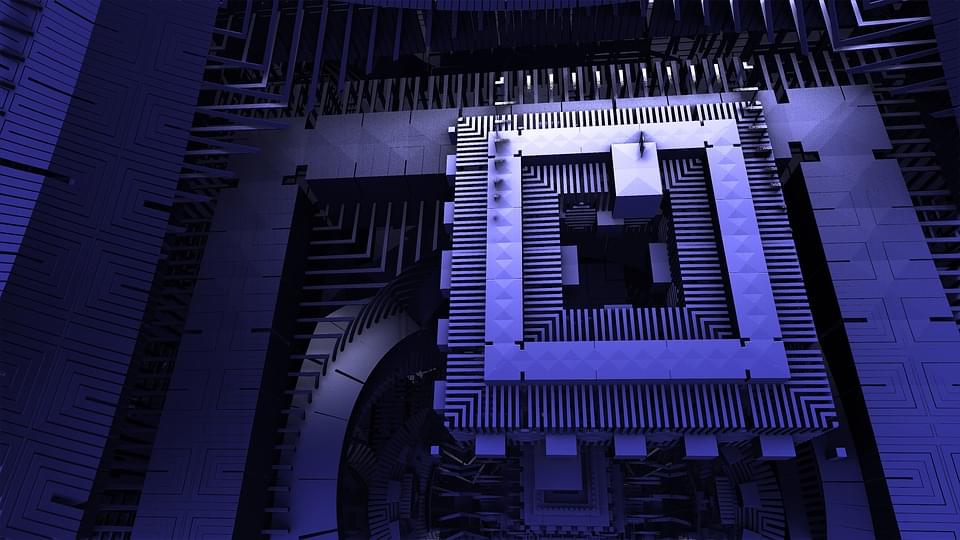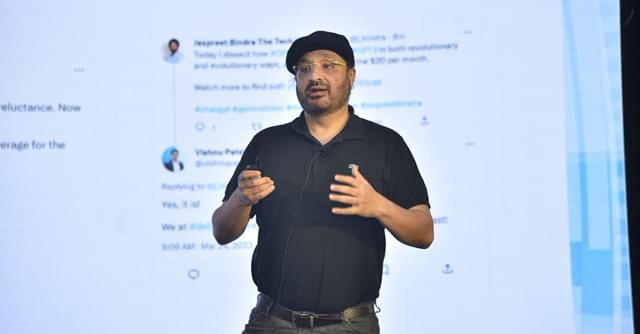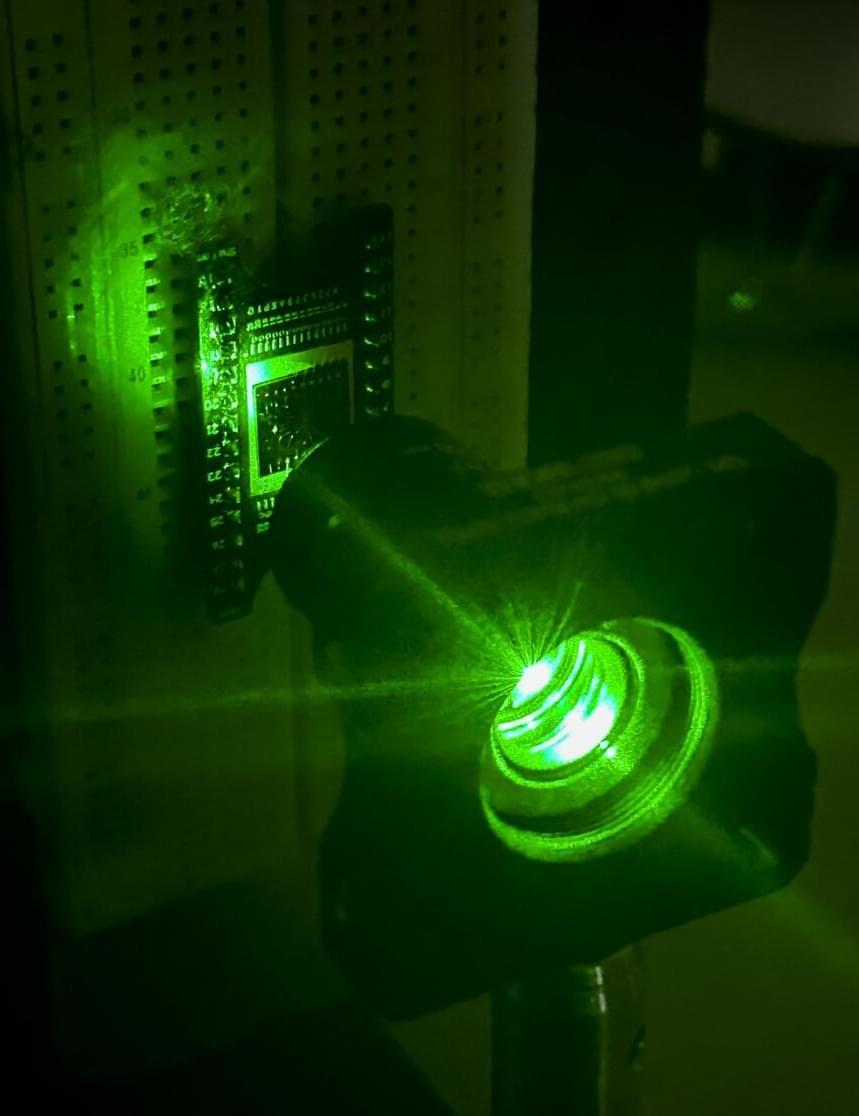Open-source AI can be defined as software engineers collaborating on various artificial intelligence projects that are open to the public to develop. The goal is to better integrate computing with humanity. In early March, the open source community got their hands on Meta’s LLaMA which was leaked to the public. In barely a month, there are very innovative OpenSource AI model variants with instruction tuning, quantization, quality improvements, human evals, multimodality, RLHF, etc.
Open-source models are faster, more customizable, more private, and capable. They are doing things with $100 and 13B params that even market leaders are struggling with. One open-source solution, Vicuna, is an… More.
This article explores AI in the context of open-sourced alternatives and highlights market dynamics in play.






 Generative artificial intelligence (AI) has put AI in the hands of people, and those who don’t use it could struggle to keep their jobs in future, Jaspreet Bindra, Founder and MD, Tech Whisperer Lt. UK, surmised at the Mint Digital Innovation Summit on June 9.
Generative artificial intelligence (AI) has put AI in the hands of people, and those who don’t use it could struggle to keep their jobs in future, Jaspreet Bindra, Founder and MD, Tech Whisperer Lt. UK, surmised at the Mint Digital Innovation Summit on June 9.


